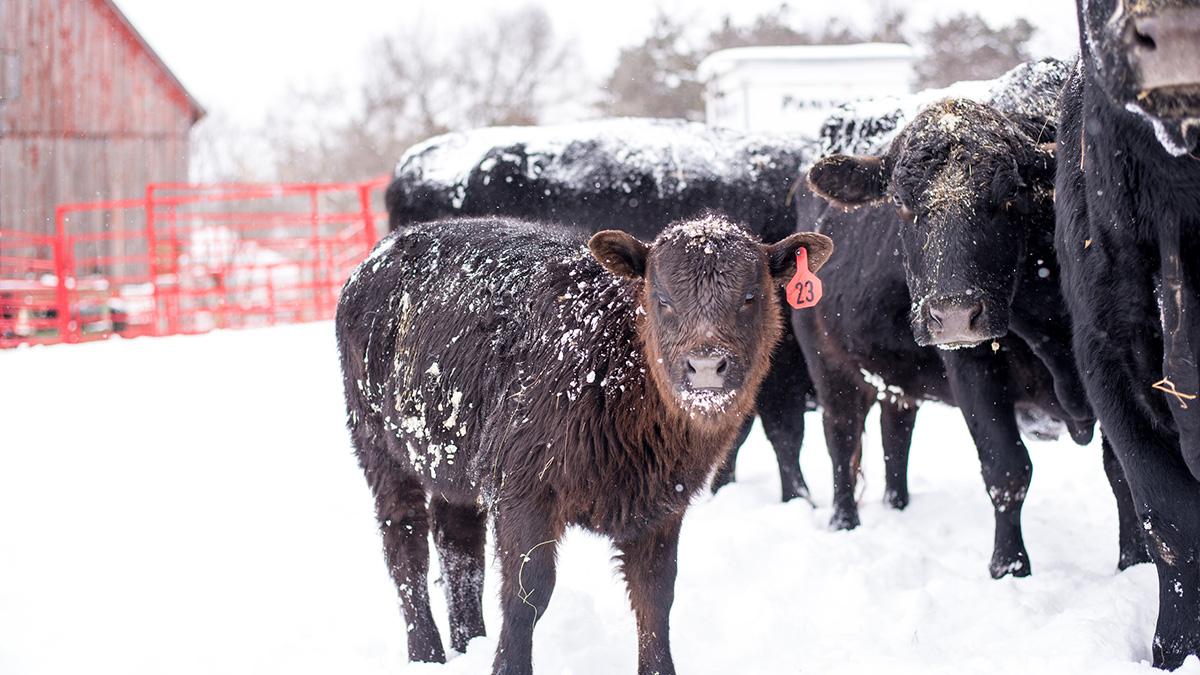Real Ag Stock.
Cow-calf producers are always looking at ways to cut costs and improve profits. Looking at recent data from the University of Minnesota Center for Financial Management, FINBIN Livestock Analysis for 2022 representing cow-calf operations from Nebraska, South Dakota, and North Dakota can provide producers with some ideas on ways to improve profitability. The top 20% of producers in terms of profitability had a higher gross margin at $1,183.52 vs $959.74 (Figure 3), for a $223.78 difference. The lowest profit group sold more total dollars of calf per cow. The more profitable group sold some calves but transferred some to another enterprise such as a stocker or feedlot program. The high-profitability group also received more government payments ($20.63 vs $4.06 per cow) (Figure 1).
Figure 1. Gross Margin per Cow by Profitability Group

The high-profitability group also bought replacements, which probably means they didn’t save replacements. The low-profitability group bought and transferred in replacements. High-profitability herds had lower cull sales than the low-profitability herd, at $80.35 versus $143.92, with a lower culling percentage (5.6% versus 13.8%) (Figure 1).
Figure 2. Additions to the Operation

High-profitability herds had lower total expenses, at $1,045.73 vs $600.64. The average weaning weight was 497 lbs. for low versus 525 lbs. for the high, but when looking at pounds weaned per cow exposed, it was 443 pounds per exposed female for low versus 489 pounds per exposed female for high profitability. The average price per cwt was $172.19 for the low-profitability herd versus $231 for the high-profitability herd. The average weight of beef calves sold was 635 pounds for the low group and 525 pounds for the high profitable group (Figure 4).
Figure 3. Gross Margin & Total Expenses per Cow

The high-profitability group spent a total of $260.34 less on total feed (Figure 4). The high-profitability group spent more on pasture ($43.76) and less on hay (-$215.37) versus the low-profitability group. They also spent more on alfalfa, at $35.58. While it is important to watch feed costs, you still must meet the cow’s requirements so she will breed back. If you noticed the high-profitability group spent less on feed but was able to use feeds high in protein, such as alfalfa, to help meet the needs of the cows while reducing the cost of supplemental protein. Balancing rations, forage testing and cost-effective purchasing of feed can reduce feed costs while meeting the cow’s needs.
Figure 4. Performance Data

In conclusion, no one individual cost will help you be more profitable. It takes management of the whole system, costs, and income to make a more profitable operation.
Source https://finbin.umn.edu/


